
Mystique Complex and Rialto Cinema Among First 2025 Entries in Malta’s National Inventory
The Superintendence of Cultural Heritage has just published its first entries of the year to the National Inventory. This exhaustive addition is divided into two types of cultural heritage properties. The first includes new additions to the National Inventory which have been formally recognised by the SCH for their cultural heritage value on aesthetic, historical, architectural and social criteria. The second set of additions relate to properties selected from the Register of Scheduled Property, thereby reinforcing the sites’ inherent cultural heritage significance and shrouding them in an additional layer of protection.
Among the 79 sites included in this update – which feature a variety of structures ranging from private dwellings to commercial complexes – the list includes 3 modernist bus shelters and an impressive 49 Windmills which had been previously scheduled and are now officially part of the SCH’s Inventory. In addition to these, other particularly notable sites include Mystique Complex, an architecturally distinct building in Swieqi, and the Rialto Cinema in Cospicua – two very different 20th century properties, with distinctive histories and architectural value.

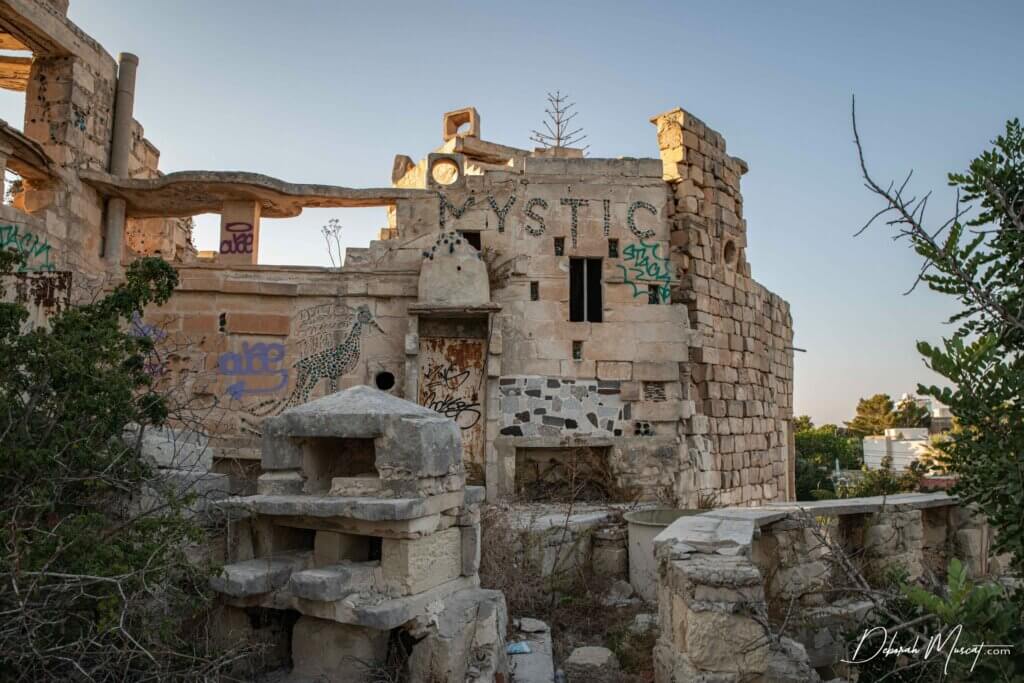
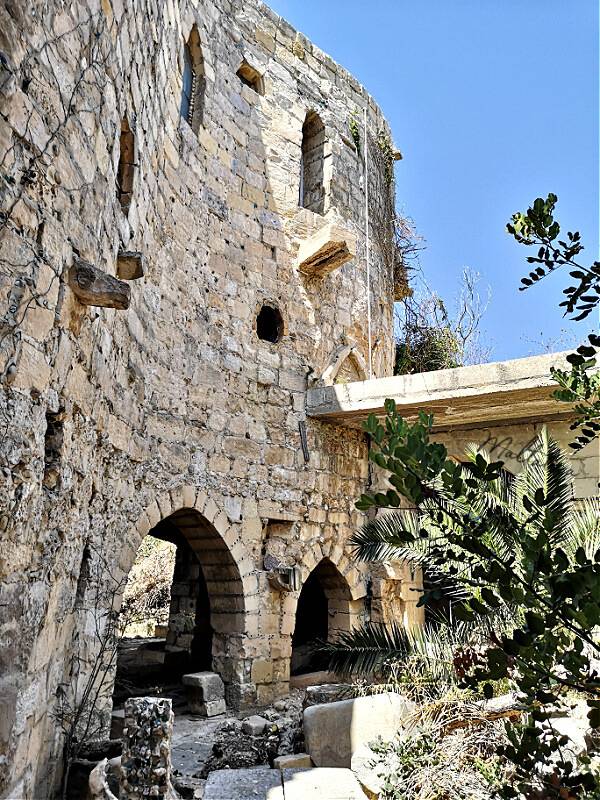
The Mystique Complex, more commonly known as Villa Mystique, is an architectural curiosity that lives up to the name given to it by its owner and creator, the Marquis John Scicluna. This eclectic property was never intended as a residence, but rather as a space for artists to meet, paint and play music. The site’s significance lies in its unparalleled uniqueness, defined by its eclectic style, evocative patterns, and the creative reuse of salvaged building materials and rejected glass shards from Mdina Glass. The result is a whimsical creation that has captivated the imagination of all those who have known about it. The Mystique Complex has inspired artists in its heyday and continues to attract the curiosity of many, making it a historically and socially significant site that forms part of Malta’s collective social memory.

Unlike the Mystique Complex, the Rialto Cinema has been scheduled since 2010 and evokes a distinctly Art Moderne design. Designed by Maltese architect Edwin England Sant Fournier as part of post-war reconstruction in the Three Cities, this striking building features large, arched, cobalt-blue windows and a curved “tower” which once displayed a Venetian gondola. Not only is this structure of considerable architectural importance, but it also holds historical and social significance. This landmark building saw its debut in 1956, and quickly became a major meeting point for the people of Cospicua and the Three Cities. However, by 1988, the cinema closed its doors following a decline in audiences, reflecting the broader trends of the time.
Other well-known properties included in the latest National Inventory update are equally rich in cultural significance. These include parts of the University of Malta campus in Msida, Il-Mitħna ta’ Tmien Kantunieri in Xewkija, the iconic Farsons Brewery in Mrieħel, a landmark of industrial heritage, the Muscat Motors Showroom in Gżira, a fine example of early 20th century commercial architecture, and the former N.A.A.F.I. Warehouse and Recreational Facilities in Marsa, a site recalling Malta’s military and social history during the British period.
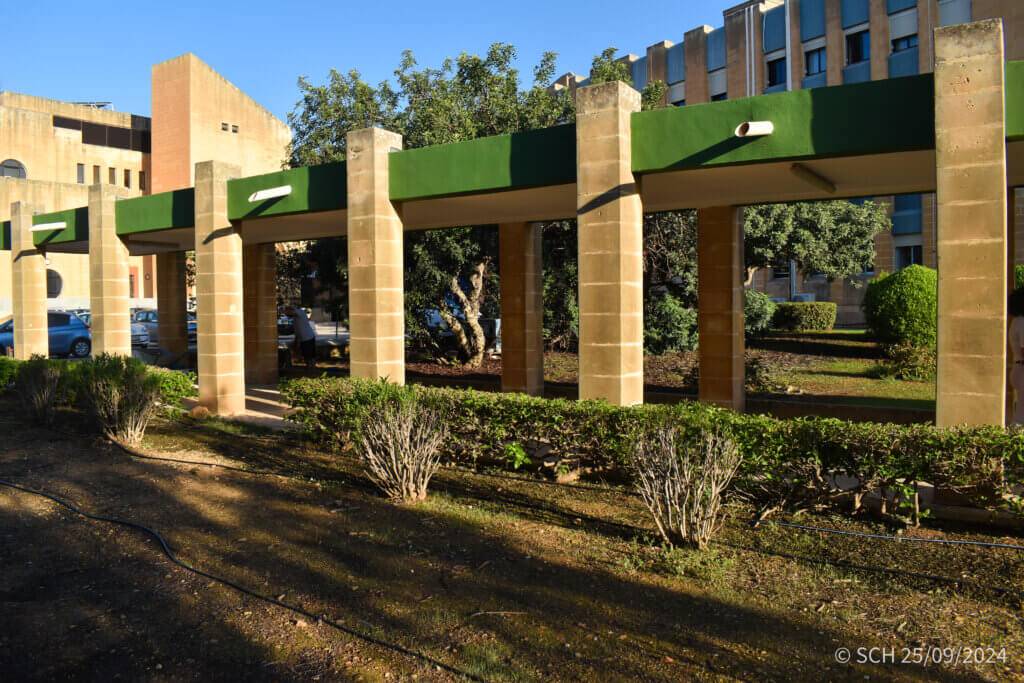

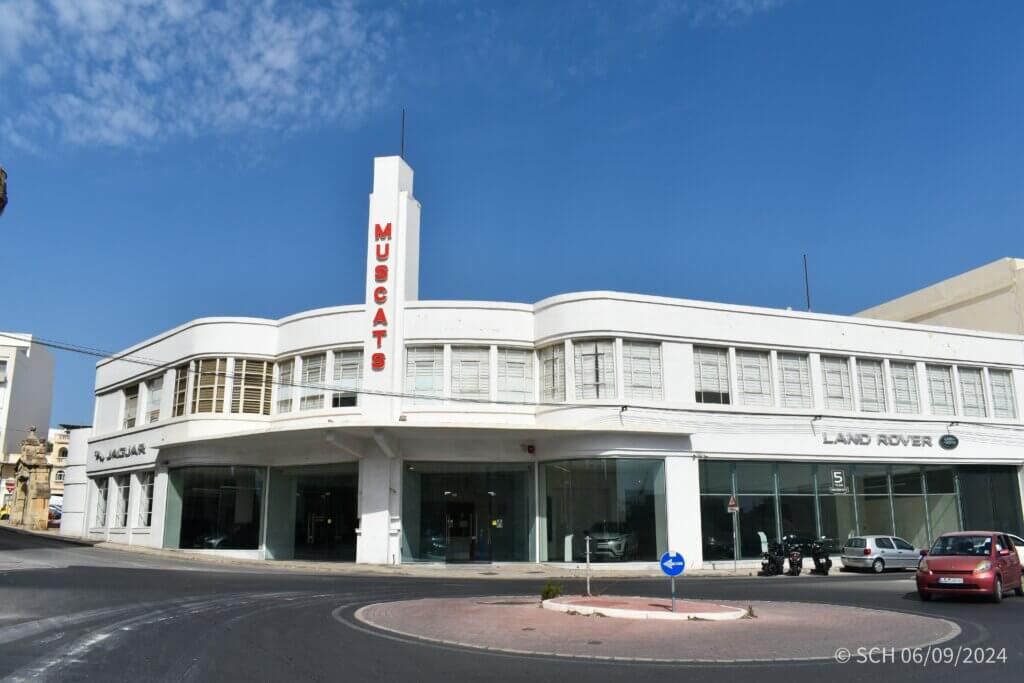
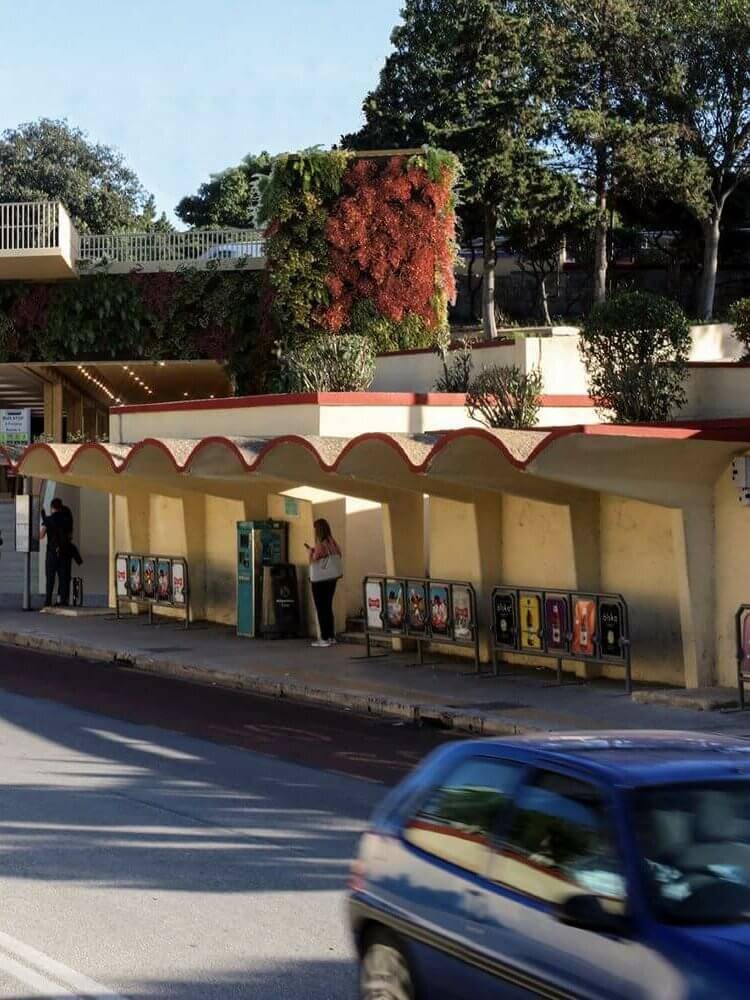

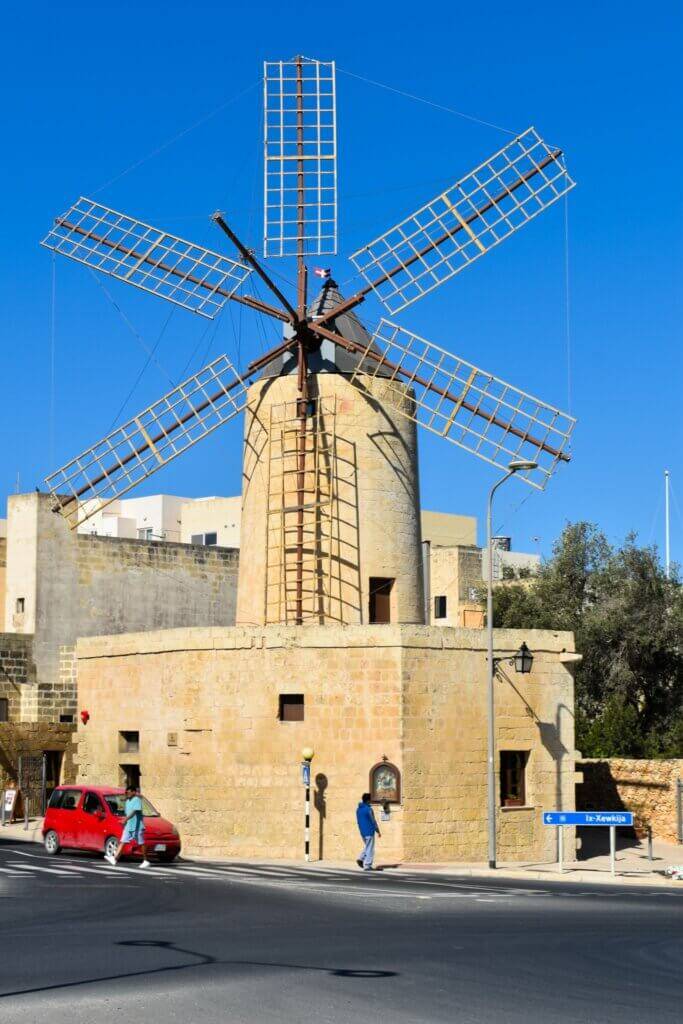
This latest addition to the National Inventory is part of the continuous efforts to document, preserve, and protect Malta’s cultural heritage. The Superintendence of Cultural Heritage remains dedicated to identifying and safeguarding the unique sites that enrich the Maltese and Gozitan landscapes, ensuring they remain lasting symbols of our collective history.
As outlined in Article 59(1) and Article 70 of the Cultural Heritage Act 2002 (as amended), it is imperative to note that any development or intervention on these properties requires prior approval from the Superintendent. Furthermore, causing damage to any of the properties included in the Inventory, even if privately owned, is strictly prohibited and constitutes an offense punishable by law.
The Superintendence encourages the public to visit the GIS Interface on our website, which not only serves as a portal of information for all sites located in the National Inventory, but can also easily highlight the latest additions when selecting “Latest Entries” on the lefthand navigator.
The National Inventory is a cultural heritage register curated and compiled by the Superintendence as one of its functions established by the Cultural Heritage Act (CAP 445).
The full list of properties recently added to the Inventory can be found on Government Gazzette No. 21,420, dated 11, April, 2025 (G.N. 572).
Photo credits (Mystique Complex):



